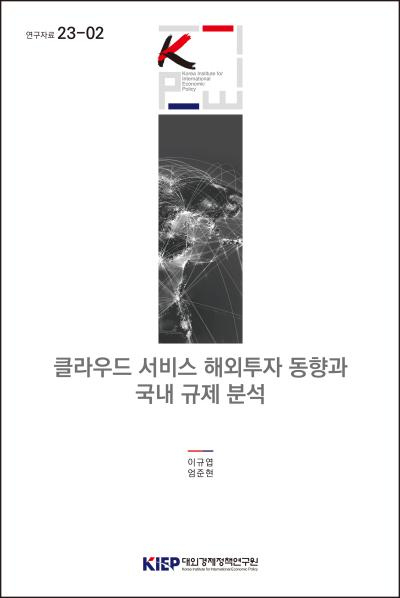Policy Reference
Publications
Policy Reference
To list

Natural Gas Development in the Eastern Mediterranean Region and Its Implications for Korea
economic cooperation, energy industry
Author Kwang Ho Ryou, Jieun Lee Series 23-03 Date 2023.10.20
This study explores the current status of natural gas development in the Eastern Mediterranean region and derives its implications for Korea. Our approach encompassed a thorough review of pertinent literature and statistical data, and insightful interviews with local government officials and industry experts, conducted through field surveys and seminars.
The key findings of this study are summarized as follows: First, natural gas development in the Eastern Mediterranean region has significantly increased its prominence within the global natural gas market. Egypt, holding largest natural gas reserve in the region, now surpasses major natural gas importers of Korea, including Malaysia, Oman, and Indonesia. The total natural gas reserves in the Eastern Mediterranean region are estimated at 119.1Tcf, 41.1% more than that of Australia, Korea’s largest natural gas importer. It is estimated that there are 286.2Tcf of undiscovered natural gas resources buried along the Eastern Mediterranean coast. This means that only 29.4% of the region’s total natural gas reserves have been found to date.
Second, countries in the Eastern Mediterranean have made significant efforts to develop their domestic natural gas resources and to strengthen both domestic and international cooperation. In particular, Egypt, Israel, and Cyprus, major natural gas holders in the region, have been actively pursuing exploration and development and related infrastructure projects to expand their natural gas production and export capacity. Efforts are being made to promote natural gas-related industries such as petrochemicals and hydrogen. In 2019, a regional consultative body for natural gas development, the East Mediterranean Gas Forum, was launched. Since then, through a number of meetings, countries in the region have gathered to discuss specific plans and implement methods for natural gas development. There is also cooperation between Egypt and Israel in the natural gas supply chain, using Egypt’s natural gas liquefaction facilities.
The weaponization of resources in major energy producers and the expansion of global energy security threats have served as an opportunity to draw more attention to natural gas development in the Eastern Mediterranean. In the aftermath of the Russia-Ukraine war in 2021, the instability of natural gas supply and demand increased significantly, especially around the EU, and natural gas prices also showed a sharp increase in volatility. As the risks of energy supply and demand disruptions have been greatly highlighted, the Eastern Mediterranean has emerged as a new alternative destination for major energy consumers. In particular, major energy companies in Europe such as Eni and BP are showing great interest and continuing their aggressive entry into the Eastern Mediterranean region.
We can use the current situation in which the threat to energy security has escalated as an opportunity to promote natural gas cooperation with the Eastern Mediterranean region. First of all, we can contribute to strengthening Korea’s energy security by increasing natural gas imports from the region. Recently, the need to diversify import sources has emerged as concerns about the instability of natural gas supply and demand have increased significantly due to the recent production disruptions in major oil-producing countries caused by geopolitical risks. As infrastructure development in the region is progressing at a rapid pace, it can be said that various entry opportunities are also open for Korean construction companies with global competitiveness in the region. In addition, the Eastern Mediterranean region can be considered a project site for the development of overseas natural gas fields, and participation in local countries’ efforts to develop gas-related industries such as petrochemicals and hydrogen could also provide good opportunities for Korean companies to enter the market.
Sales Info
| Quantity/Size | 123 |
|---|---|
| Sale Price | 7 $ |
 공공저작물 자유이용허락 표시기준 (공공누리, KOGL) 제4유형
공공저작물 자유이용허락 표시기준 (공공누리, KOGL) 제4유형
대외경제정책연구원의 본 공공저작물은 "공공누리 제4유형 : 출처표시 + 상업적 금지 + 변경금지” 조건에 따라 이용할 수 있습니다. 저작권정책 참조
